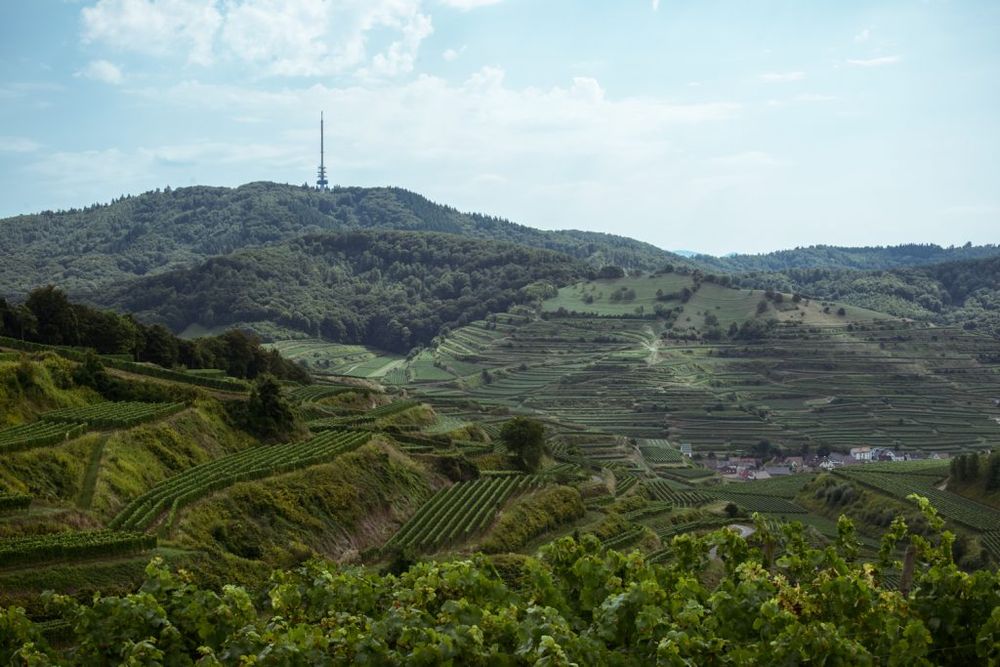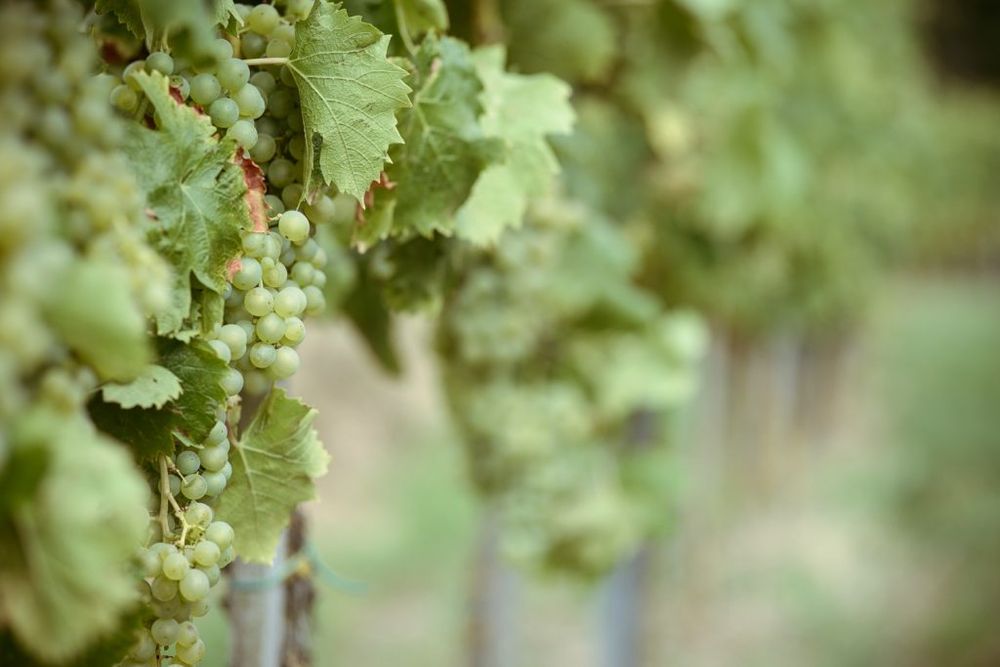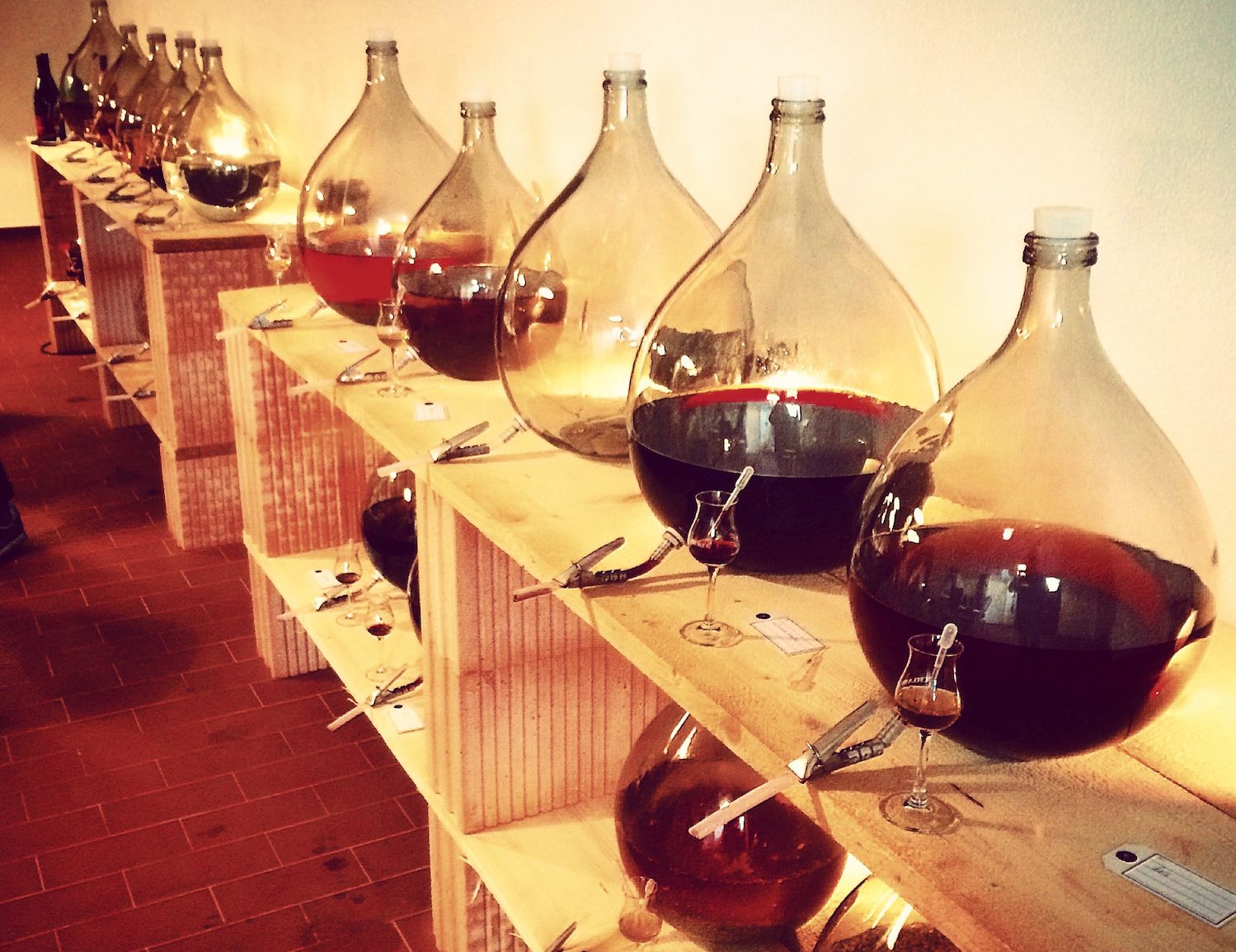Having attempted to bring us the ‘world’s best gin’, the Germany’s Black Forest region tried the same with the launch of Belsazar Vermouth. The secret was the mix of macerates, quality grapes and fruit brandy from the Schladerer empire.

Schladerer distillery: a downturn in popularity of fruit brandy meant that expanding into Vermouth production made sense
Belsazar Vermouth is Europe’s hippest new Vermouth that has got mixologists nodding in silent approval and is one that is challenging us to think differently about this sometimes neglected fortified wine.
For a long time Vermouth is a drink that has sat patiently gathering dust in the drinks cabinet, awaiting the rare moment when a cocktail or food recipe has required it to be dusted down and used, often sparingly; a bit like those jars of five spice in the spice rack.
Now Belsazar has created a Vermouth that challenges those preconceptions.

Zehringer’s vineyards
For a start this is not one that hails from Cap d’Agde or the sunny Italian coastline, (like Noilly Prat or Martini), Belsazar is made on the edge of the Black Forest the unfashionable part of Germany, that is noted for its chocolate cake and bracing walks.

Experimenting with macerates
But, in the same way that Monkey 47, that is made close by, turned perceptions about gin-making on its head, so Belsazar is doing the same with Vermouth. Here we have an artisanal approach that brings the craftsmanship that small-scale production allows.
There are four varieties, Dry, Red, Rosé and White, that all taste superb on their own, or in cocktails.
What is immediately striking is how different they taste from traditional Vermouth. The secret is in the mix of macerates, the quality of the wine from the nearby Zehringer winery (Gutedel and Spatburgunder rosé), the fruit brandy from the Schladerer empire and the use of grape must as natural sugars.

Belsazar Vermouth’s botanicals tested at Schladerer
The wine is then filtered slowly and aged in stone casks. The Vermouth is not oxidised like Noilly Prat is, for example, by being left in huge wooden barrels by the sea.
However, the artisanal approach does not come cheap, expect to pay up to three times the amount of a leading Vermouth brand. Once you’ve had your eyes opened there’s not much chance of turning back.

Belsazar Vermouth Dry
My favourite of the range is this complex, light, golden dry that is deceptive given its somewhat chunky 19% ABV. Sweet on the nose but dry on the tongue it reminded me of simnel cake – marzipan, candied fruit, fresh yeast and coriander. It gives much more complexity to a classic Martini with 50% Vermouth to Gin and some dashes of orange bitters
Belsazar Vermouth Red
Looks like a really old Burgundy, and tastes just as complex, with a spicy almost medicinal nose and warm caramel and cherries on the palate. Served in both a Manhattan and a classic Negroni the richness powers through with the wormwood, tonka bean and orange peel macerates particularly noticeable. Pinot Noir and Moscatella are the grapes.
Belsazar Vermouth Rosé
Rare to get a Rosé Vermouth and rarer still to get one that has this unique raspberry taste. The secret is the raspberry fruit Brandy from Schladerer, himbeergeist, which mixes with tastes of red summer fruit, such as redcurrant, and grapefruit. We tried this served with German fizz but mixed with Prosecco and soda, Aperol-style would also work well, garnised with a raspberry.

Belsazar White
This sweet white Vermouth is a real revelation, particularly when served just with tonic and a slice of orange like a less alcoholic G&T. It is dark golden, hugely rich (180gms of sugar per litre) and with a real length and complexity that comes from the Gewürztraminer base grape. The team has used ‘sweet reserve’ grape must as the sweetener which helps make this unique wine a treat for any time of the day or night.

Gewürztraminer grapes
































